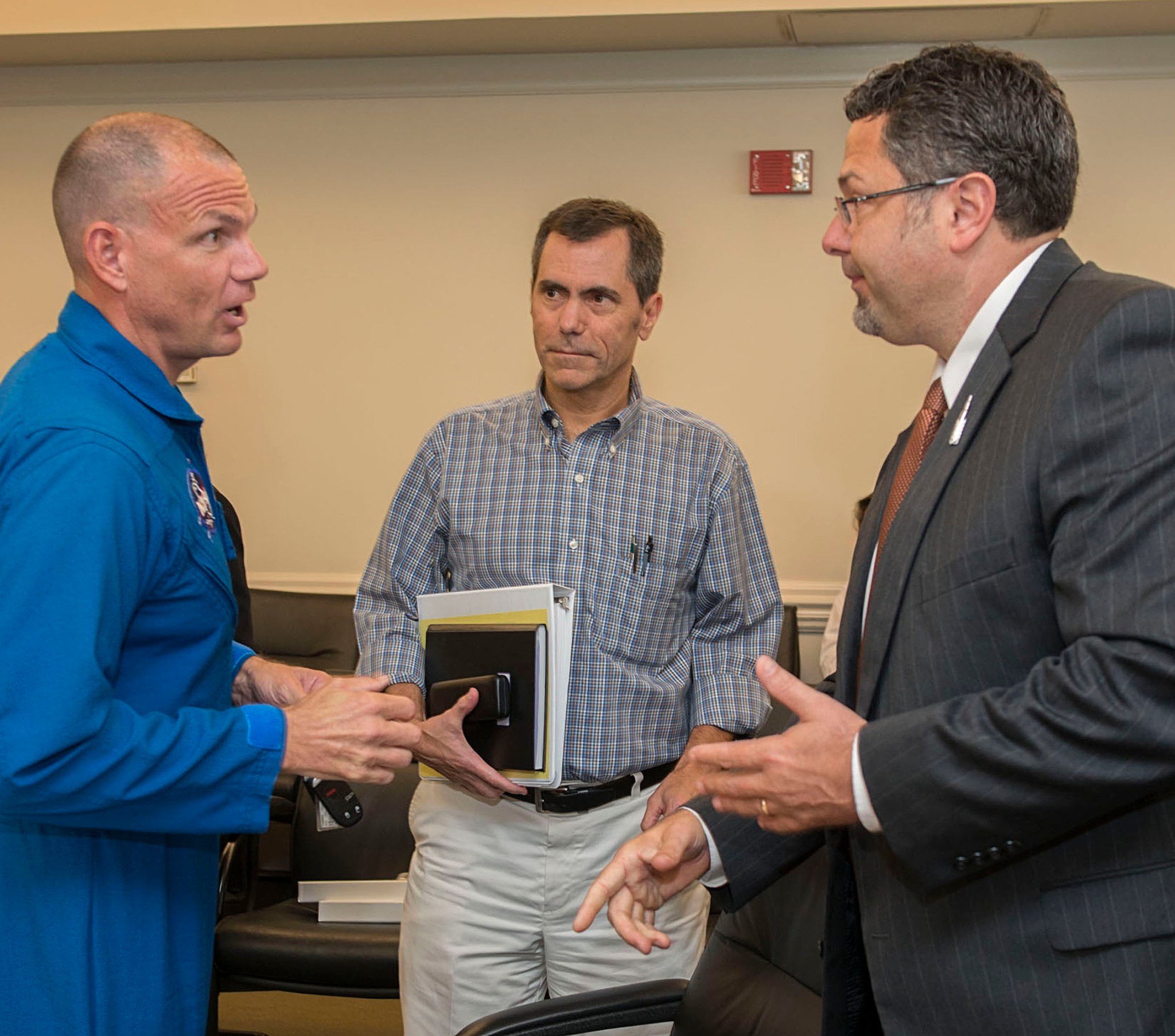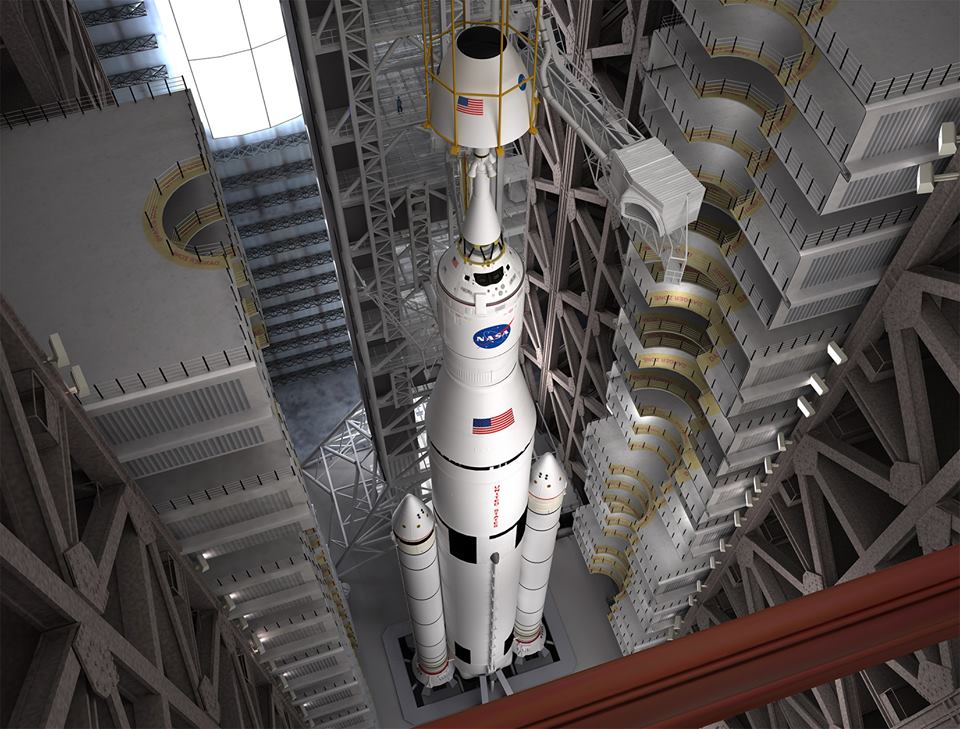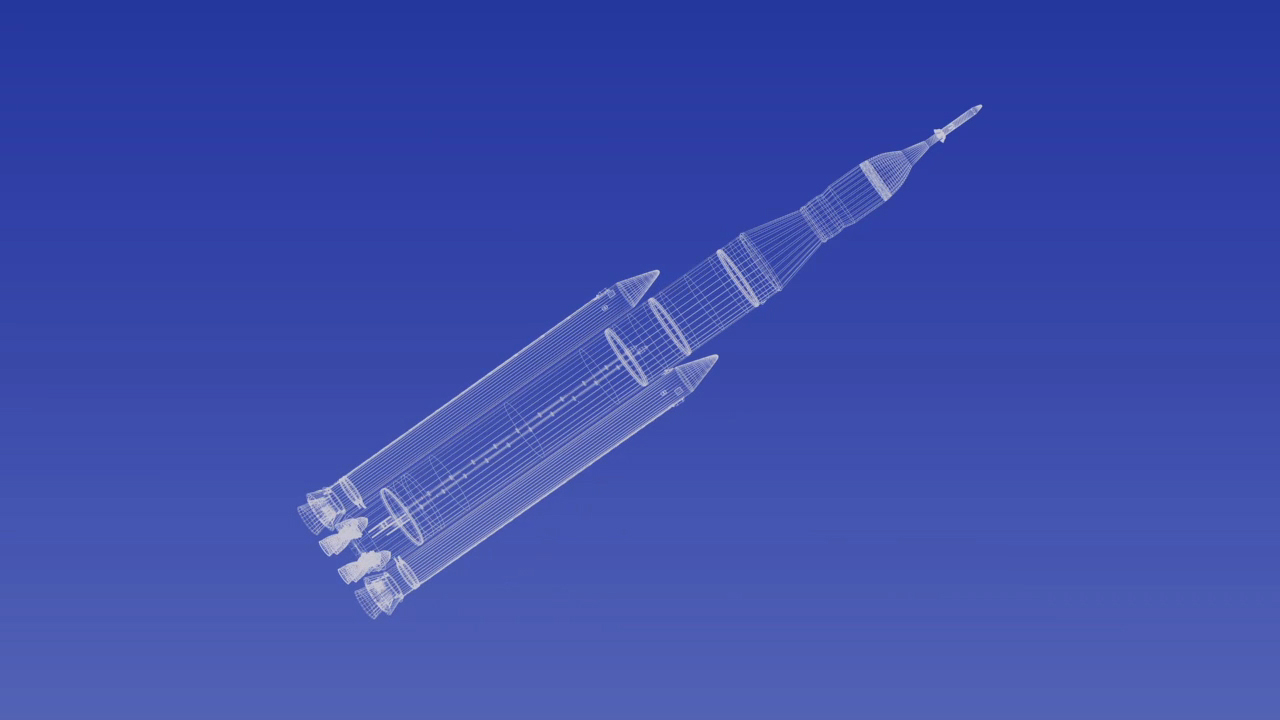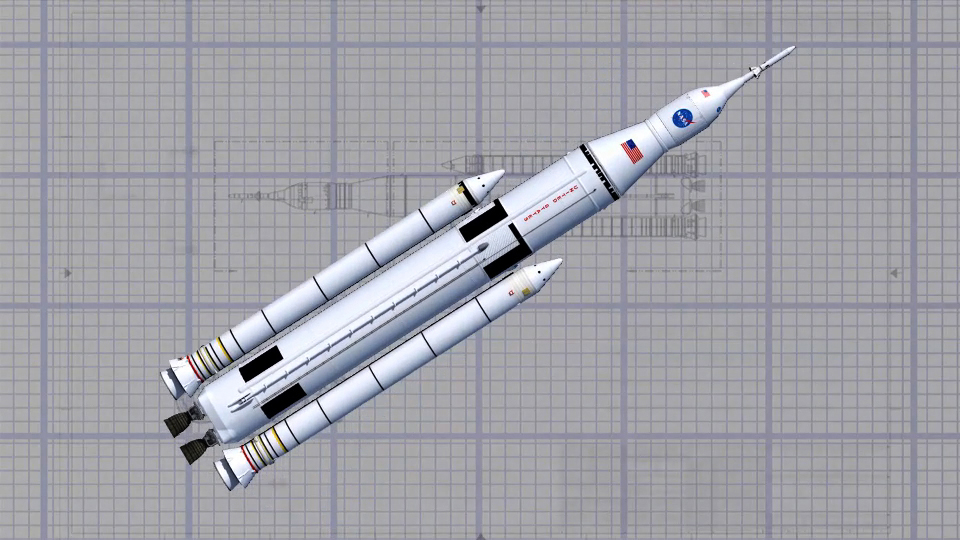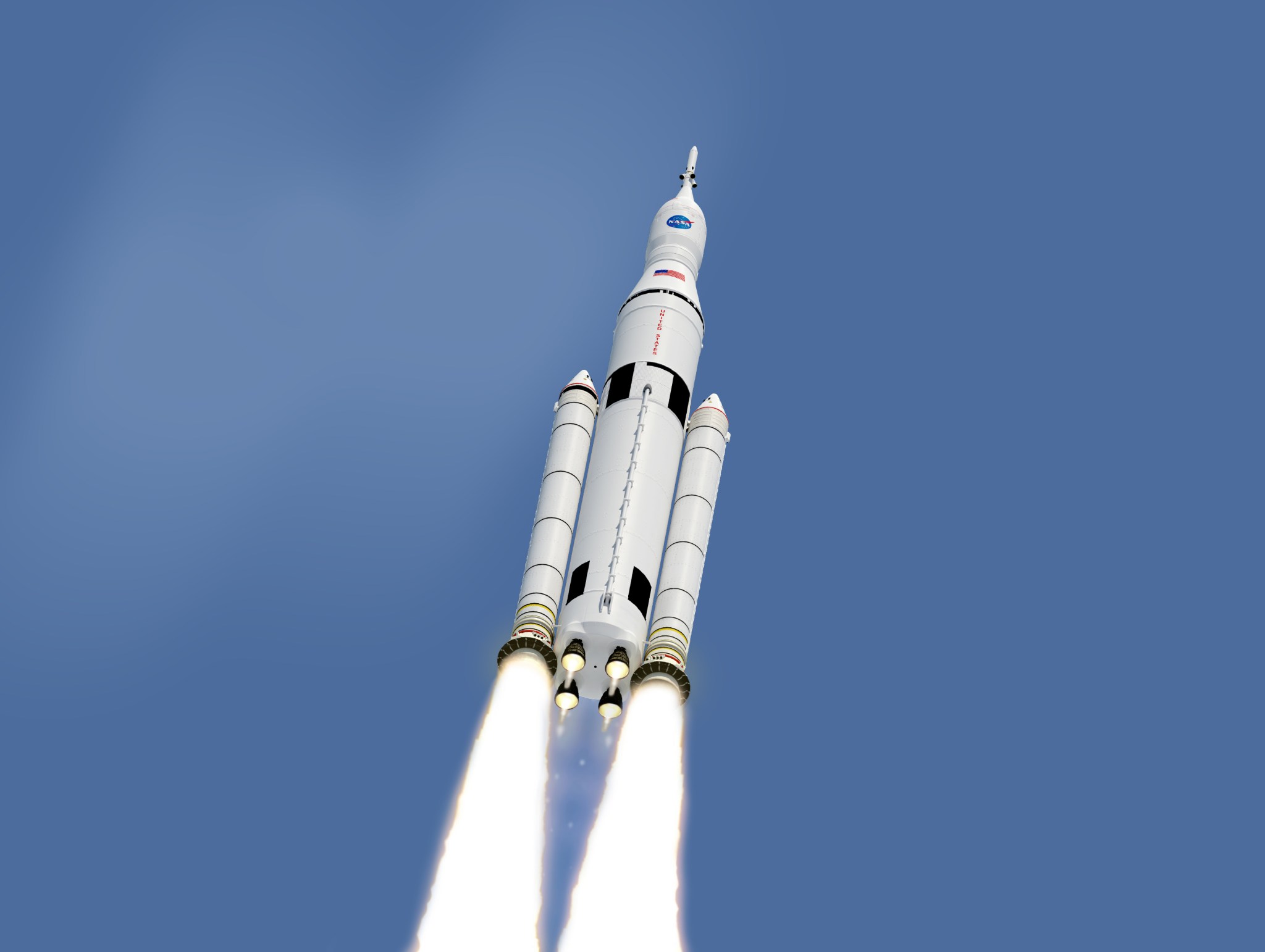NASA’s Space Launch System (SLS) Program recently completed its preliminary design review, commonly referred to as PDR. A quick inquiry of “What is PDR?” on a search engine pulls up everything from dent repairs to a physicians’ reference guide on prescription medications. So, what exactly is PDR when you’re talking about building the world’s most powerful rocket? And why is it important to the future of space missions? It’s a lot more complex than its abbreviated moniker suggests.
The Design
Let’s start at the beginning. To conduct a design review, there has to be a developing design. The 70 metric-ton SLS will stand 321 feet tall, provide 8.4 million pounds of thrust at liftoff, weigh 5.5 million pounds and carry 154,000 pounds of payload. That vehicle will set out on its first mission — Exploration Mission 1 — in 2017, launching an uncrewed Orion spacecraft to demonstrate the integrated system performance of the SLS rocket and spacecraft before a crewed flight.
The initial design will evolve into a 130 metric-ton (143 ton) configuration that will lift more than 286,000 pounds and provide 20 percent more thrust than the Saturn V, which launched American astronauts to the moon. Used primarily to launch heavy cargo, SLS will be the largest rocket ever built and will enable exploration missions beyond low-Earth orbit to many places in the solar system including Mars.
The 70 metric-ton SLS requires many critical parts to get it off the ground and safely into space, including solid rocket boosters, powerful engines, flight computers, avionics and the core stage. The core stage, towering more than 200 feet tall with a diameter of 27.6 feet, will carry cryogenic liquid hydrogen and liquid oxygen that will feed the vehicle’s RS-25 engines.
“For the SLS, we will use proven hardware designs and cutting-edge tooling and manufacturing technology that advanced during the space shuttle’s evolution and from other exploration programs, which reduces manufacturing costs,” said Garry Lyles, chief engineer for the SLS Program Office at NASA’s Marshall Space Flight Center in Huntsville, Ala.
› SLS Program (pdf)
› SLS Boosters (pdf)
› SLS Engines (pdf)
› SLS Spacecraft and Payload Integration (pdf)
› SLS Stages (pdf)
› SLS Ground Operations Liaison Office (pdf)
› SLS Systems Engineering and Integration (pdf)
› SLS Evolutionary Architecture (pdf)
The Reviews
In July 2012, the SLS Program completed a combined system requirements review and system definition review, which set technical, performance, cost and schedule requirements for the overall launch vehicle system. That successful completion confirmed the SLS was ready to move to the preliminary design phase.
In that same month, the SLS Program achieved approval on Key Decision Point-B, which gave the thumbs up to move forward to PDR. That approval came less than a year after the official announcement of the SLS Program in September 2011. All element-level preliminary design reviews for the SLS core stage, boosters, engines and integrated spacecraft and payloads have been completed successfully.
“Milestone reviews, like PDR, are one of the most important and visible activities that the SLS Program will perform during the development phase,” said Mike Ryschkewitsch, NASA’s chief engineer. “Building a rocket is challenging. There are risks associated with human spaceflight. That’s why we have reviews, like PDR — to mitigate those risks and improve the SLS design to make difficult missions possible. We want to expand human spaceflight and improve our lives on Earth through scientific research and exploration. We need a safe and sustainable vehicle to achieve those goals.”
PDR demonstrates that the SLS preliminary design meets all the system requirements with acceptable risk and within cost and schedule constraints. It also proves that the SLS Program is ready to begin implementation.
Watch a video of the SLS Preliminary Design Review:
At the review, which kicked off June 18-19, engineers and experts from across the agency discussed the design of SLS and any issues, or review item discrepancies (RID). A major review is not complete until all resulting RIDs and action items are closed out thoroughly and accurately. “There’s a common misconception that RIDs are a bad thing, but really, they help make the design better,” said Jim Turner, deputy manager of the Spacecraft and Vehicle Systems Department at Marshall. “PDR is the time to identify issues and ensure the design will successfully meet all mission requirements.”
Thirty-one working days were dedicated to the review before the PDR board was held July 31. There, senior experts and engineers concluded that the design, associated production and ground support plans for SLS are technically and programmatically capable of fulfilling its mission objectives.
The Players
The saying “it takes a village to raise a child” — or in this case, a rocket — could definitely be applicable to the preparation for PDR. People from across the country including 11 independent review teams played a part in the preliminary design.
More than 200 documents, 15 terabytes of data and more than two days of presentations were delivered for PDR. Marshall’s Engineering Directorate, provided the majority of those documents, which included drawings and data. “Our department, as well as many other engineering organizations across the Marshall Center and the agency, played an important role in PDR,” said Helen McConnaughey, manager of the Spacecraft and Vehicle Systems Department. “This was an extensive, collaborative and thorough effort to understand, discuss and resolve any concerns associated with the preliminary design.”
What’s Next?
As a result of the PDR board, the findings will be presented by SLS Program management to Marshall’s Center Management Council. If the council concurs with the SLS Program’s recommendation, the results then will be briefed to NASA’s Human Exploration and Operations Mission Directorate. This will culminate in a final briefing, known as Key Decision Point-C, to the agency’s administrator. That final briefing will grant the program approval to move forward from formulation to implementation.
“You can feel that we’re going to go do this,” said Dan Dumbacher, deputy associate administrator for NASA’s Exploration and Operations Mission Directorate. “There is no doubt in my mind — assuming the budget will come like we need it to and within the plan that we have — we’ll be flying SLS and Orion in 2017.”
“We’re going to get this country — and the world — exploring beyond low-Earth orbit very shortly,” he added.
For more information on SLS, visit:































